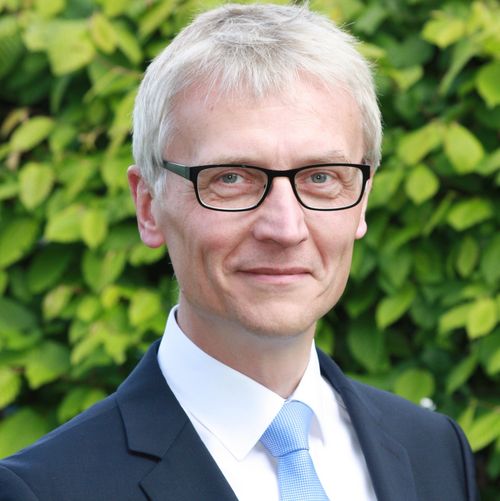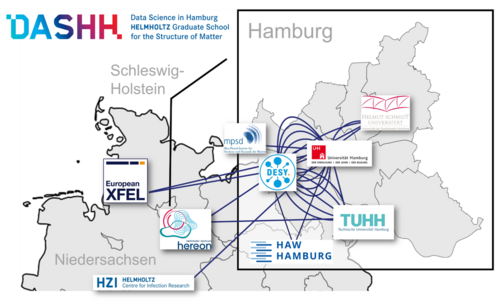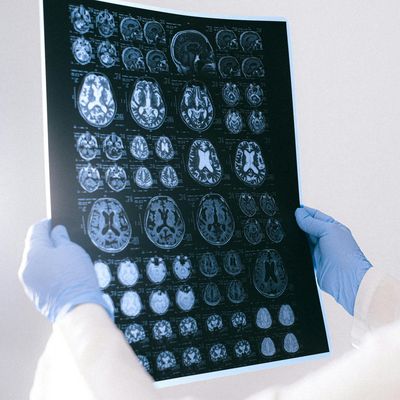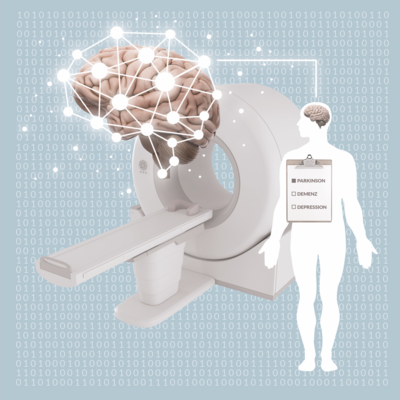"The conventional training paths are no longer sufficient"

DASHH is creating entirely new scientific collaborations in Northern Germany. We spoke with Senate Director Rolf Greve about the potential of interdisciplinarity and the importance of the School for Hamburg.
What is the role of data science in science, especially in Hamburg?
Data science addresses the problem of science dealing with ever increasing amounts of data. These volumes of data are created because our methods and scientific tools are becoming more refined and precise. In the past, it was enough to count stars up in the sky through a telescope or look at sample cells under a tabletop microscope. Today, we have measurement methods that are many times more precise and therefore produce much more data. Handling, producing, and evaluating these data is a major challenge. It requires new methods, for example artificial intelligence and machine learning. And this trend is set to continue in the future: At DESY's Bahrenfeld campus, for example, a facility for the next generation of X-ray sources, called PETRA IV, is in the works. It will produce significantly larger amounts of data than current X-ray sources. And to be able to analyze this flood of data in a meaningful way requires a highly developed form of data science.
Why is it so important to specifically promote the training of young scientists in this area?
We need people who are capable of analyzing scientific data using computer-based models and then draw insights from them. But it is becoming apparent that the conventional training paths are no longer sufficient. Simply training more computer scientists would be far too short-sighted. Instead, we need young people who can combine their scientific expertise with knowledge from computer science and applied mathematics to find appropriate solutions and methods. This is exactly what DASHH aims at: Structuring this value-adding combination in education already in such a way that young people combine both areas of expertise and thus create new knowledge, for example in infection research or the development of electromobility.
The DASHH graduate school acts as a mantle for science collaborations. What significance does this have for Hamburg as a location?
At DASHH, we have a great number of cooperation partners on board, both Hamburg universities and non-university institutions like DESY and the Hereon Helmholtz Center. Bringing them all together in a joint cooperation is a challenge that DASHH masters quite brilliantly. In the past, it was common for each institution to work on its own. At DASHH, as at other interdisciplinary initiatives we have established in recent years, success lies by contrast in the increased cooperation between partners. The up-and-coming scientists of DASHH think less in terms of affiliations with individual institutions and more in terms of following common research programs and ideas. The DASHH concept is that leading minds join forces to address a common subject for the benefit of the next generation.
What about the established professionals who train and mentor DASHH junior scientists: Do they also benefit from this program?
Absolutely, because the interdisciplinary structure of DASHH brings them into greater contact with experts from other disciplines, which creates scientific exchange. We have already seen how valuable this exchange can be in other interdisciplinary approaches here in Hamburg, for instance at the CSSB, the Center for Structural Systems Biology at the Bahrenfeld campus. Experts from different institutions work together at this center and follow a comprehensive common research profile. And DASHH is a platform that focuses on the next generation and supports such interdisciplinary centers.
DASHH was recently awarded the North German Science Award. What does that mean for this program and for Hamburg as a science location?
The North German Science Award provides a certain level of visibility in society for interdisciplinary collaborations that have made a successful start. And we were very pleased that DASHH was honored with this award together with another initiative from Northern Germany. This recognizes the concept as well as the contributions of the people working there and makes them feel that they are on the right track. The North German Science Award additionally shows the public that taxpayers' money is well invested as it allows science to move from basic to applied research all the way to innovations that are important for everyday life.
DASHH was launched in 2019, so it is still in the startup phase. How could the program develop in the years ahead, what are you hoping for?
We hope that this cooperation will result in contributions that help master the current challenges facing society. For example, how do viruses work? Modern scientific tools, like those available at DESY in Hamburg, can look deep into the microcosm and make detailed infection processes visible. This can then help fight pandemics like COVID-19. Another example: We need new high-tech materials for the climate-friendly e-mobility of the future. These can be developed only if we understand how such materials work on the nano level. The young professionals working on projects like that at DASHH will contribute their expertise to science and the economy and thus help solve important societal problems.
Interview: Frank Grotelüschen











